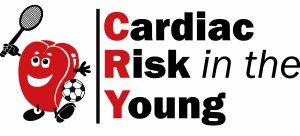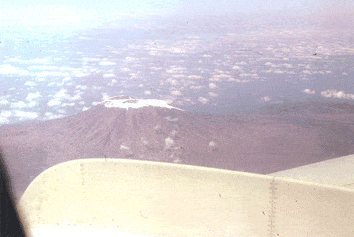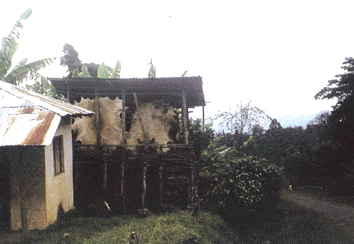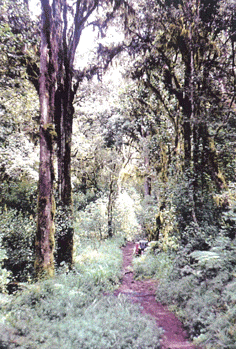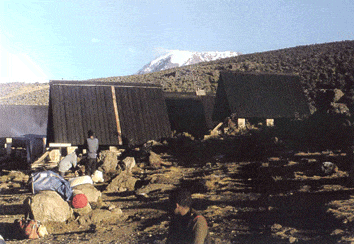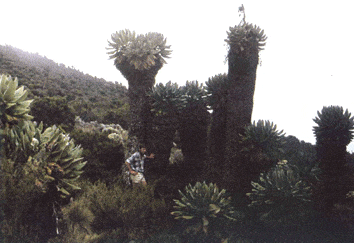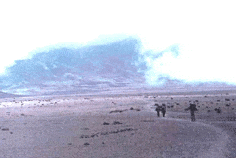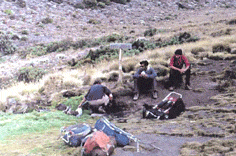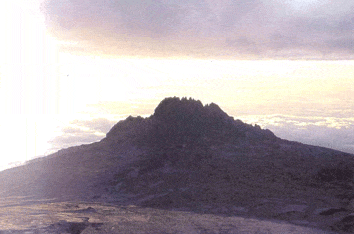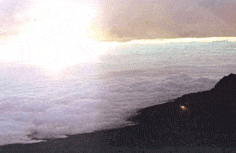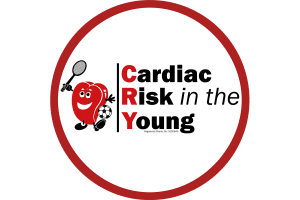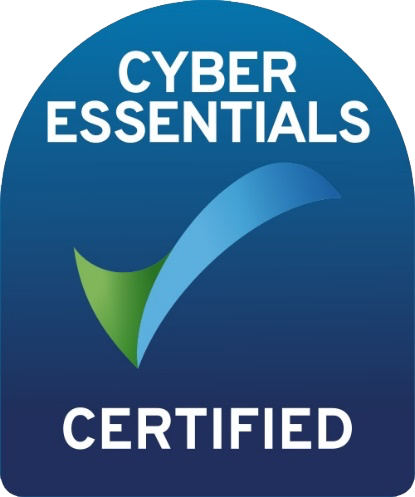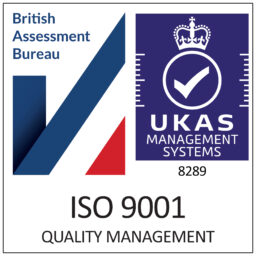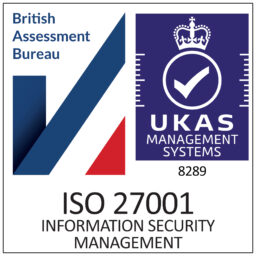CRY Supporter Keith Davies climbed Mount Kilimanjaro in 1981. Keith’s son Graham died suddenly aged 16, whilst they were planning a father and son trip to climb the mountain together.
Below you will find Keith’s experiences of climbing the mountain. This is not the same route as offered on our Kilimanjaro Trek, but is intended to give you a feel for the environment.
Introduction
The context of this blog is that for the last 12 months I had been planning to climb Kilimanjaro with my son Graham, following his exams. We had both watched Al Gore’s film An Inconvenient Truth, and the likelihood is that very soon the mountain will no longer be snow capped.
I had climbed it previously, in August 1981, on my return home overland from being a VSO (http://www.vso.org.uk/) volunteer in Malawi. This present blog is taken from my diary of that climb in 1981.
My resolve to climb Kilimanjaro came on the morning of my flight out to Malawi as a volunteer. I had woken up from the restless sleep one gets on aeroplanes and the Captain announced that we were about to fly by Kilimanjaro and that it could be seen from the starboard side of the plane.
Being seated on the starboard side I managed to get a photograph and thought, ‘I’ll climb that on my way home’.
Wednesday, 12th August 1981
Second class sleeper travelling north from Dar – very civilised way of travelling – awoke at first light and one could see Kilimanjaro just poking through the cloud. Here I bumped into a Malawian living in exile…
He’d been a journalist but HE (His Excellency Hastings Banda) had wanted to give him the chop so he was now in exile in Tanzania – he was none too complimentary about Malawi, in particular HE. He said that Malawi was okay for Europeans but not for Africans. He mentioned a report called the Skinner Report in which it was reported that all salaries in Malawi were substantially cut and this had infuriated many Malawians. He mentioned HE’s total dislike of any educated Malawians – mainly because he didn’t trust them.
I tried to back Malawi for some reason but he was very outspoken about the regime. He mentioned that there were many Europeans – English – working in the Ministry and that HE was basically a racist – that I don’t know but HE certainly makes things good for the whites – i.e. they were not going to rebel. It comes down the rate at which locals (Africans) take over from the expatriate communities.
Too fast a change would lead to instability – too slow a change will also lead to instability. When the man at the top goes everyone will be out for that job; the result – instability. This guy, the journalist, predicted trouble when HE went as everyone would compete for political power [Zimbabwe today??].
From the train got the bus to Marangu and walked up to the Kilimanjaro Park entrance – walked passed bees nests hanging in the trees – this was a rich area growing sisal, maize – walked passed banana plantations some of which were used for brewing banana beer.
Cow hides were hung and stretched out for curing. Generally the people here seem well off.
Evening, entered Kilimanjaro National Park (Marangu Gate; 1860m) to make enquires as to the price and possibilities of going up the mountain. At the booking office I meet a group who also wanted to go up the mountain – they were taking their own gear (i.e. no porters) and just hiring a guide. I asked if I could join them and they raised no objections. That night we spent at the hostel before starting the next day. We were truly an international set; Almour – Tanzanian Asian; Henry – US; Nissen – German currently studying in the US, and myself.
Thursday, 13th August 1981
We set off at around 10am going up through the rain forest; it was like an enchanted forest out of Lord of the Rings – a fresh emerald green throughout, the type of green I associated with the greenery of the English countryside just as the trees come into leaf – lots of epiphytes etc…
Reached Mandara Hut (2774m) at around 12.45pm – had lunch before the decision was taken to go up to the next hut, Horombo (3720m). We left the rain forest shortly after leaving Mandara Hut and moved gradually into a heather-like environment. We travelled up through the cloud and broke out from the cloud at dusk, Mawenzi peak looking spectacular with its jagged saw edge.
Could not at this stage see Uhuru Peak. By the time we arrived at Horombo Hut it was dark but managed to sort out accommodation and cook something to eat. So far we had not seen anything of our guide since leaving him at the bottom. This I think was good as it allowed us a longer time to acclimatise to the higher altitude. Many people suffer from mountain sickness on the way up. We have been taking things very slowly and this I think is a good thing. I remember climbing Sapitwa, the highest point on Mount Mulanje in Malawi, giving me quite a headache by the time I reached the top.
Friday, 14th August 1981
Had a terrible nights sleep – could not get off to sleep for a long time – I attribute this to the altitude – I eventually got off to sleep around 2am – but it was very restless. Next morning is beautifully clear with good views of both Mawenzi and Uhuru peaks.
I cannot believe I’m really in Africa, very cosmopolitan atmosphere about the place – French, German, British and Americans and of course the porters – who were obviously African.
Many people are on very well organised parties obviously costing the earth; some people – Germans – had been flown out just to climb Kilimanjaro.
We have a slight hassle with the cutlery that we had borrowed the night previously and had to pay 20/- to save friction.
Spent the day resting – went for a small walk and had my photograph taken standing next to some giant groundsel (Senecio keniodendron) – by midday the cloud had started rolling in across the lava flows just below Horombo huts.
People are going up and down like ants across a kitchen wall – climbers we had left at the bottom start to arrive from Mandara Hut where they had stayed the first night.
It was a cloudy afternoon – felt very cold – in fact the thermometer on the caretakers hut read 12oC, breathing out produced steam from by breath; the general atmosphere was of a November day in the UK – I’m going to freeze when I reach the UK. 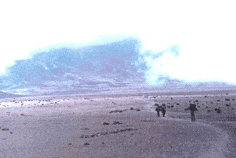
Nissen was reading Jean-Paul Sartre’s Nausea – I picked it up and read a few lines – the effect it had had on me when I had initially read it was just not there – my life at the moment had a purpose, in the short term climbing Kilimanjaro – in the long term reaching home… in many ways travelling seems to give one a sense of progress which is probably a false one – the life of a traveller is not the same as the life of a person living a family life at home. Pointlessness of climbing – why has climbing, mountaineering become such a common pastime in the West? – An African would never want to climb a mountain to conquer it in the way a Western orientated person would – why?
Saturday 15th August 1981
Woke to a very clear morning and frost – the first in over two years. After breakfast we took the higher route to Kibo Hut. This was painful in the latter stages of the walk – it took us over 6 hours to do the 14 km journey.
Our guide took the lower route and was waiting for us on arrival. The altitude has its effect and we were all suffering slightly nauseous on arrival.
At the hut (4703m) many of the international clientele were also suffering – headaches and vomiting not being uncommon.
We all tended to pile into our sleeping bags but I could not get warm – suffered from uncontrollable shivers etc – not what I was expecting.
After taking a couple of disprin I managed to settle down and get some sleep.
I slept until midnight and then lay awake wondering about the im
pending climb. Everyone in our dormitory seemed unsettled, in fact one German family were feeling so bad that on being woken around 1am they declined that chance of having a go at climbing further.
Sunday 16th August 1981
The group I was with were all eager – vocally at least – and after some coco leaf tea (used by the South American Indians for altitude sickness) we set off. Almour was the slow member of our group and we kept stopping – this annoyed me as my feet were frozen and I wanted to get them warm. The sky was clear with a full or very nearly full moon. It made things light and my torch was not necessary.
Looking East towards Mawenzi the Hunter Orion was slowly rising into the sky – meanwhile the moon was slowly making its way over Kibo Mountain towards its setting point in the West. Underfoot the ground was crisp and glistening with frost. We were walking on what I suppose was volcanic sand. Almour eventually dropped out and this meant we could proceed much faster. Every so often somebody would give up the climb and descend back down.
I slowly went ahead, determined to keep moving as my feet were frozen. I eventually caught up with a group of Frenchmen and a woman and stuck with them until we reached Gilliman’s point (5685m) at 6.15am after 4 hours walking. The last 300m were incredibly tiring – I was resting every ten steps to get my breath – then moving forward a few more paces. I had a crucifying headache and felt sick.
On reaching the crater rim I was surrounded by glacier and the headache and sickness all disappeared as I turned to watch the sunrise. I slumped down in some snow and fumbled for my camera. As the sun rose the glacier turned a fluorescent pink.
I took one or two photographs – but the shutter kept sticking – cold I think and by the time the camera had decided to work the pinkness of the glacier had all but disappeared.
Emotion had taken over and my eyes filled with tears, “I cry therefore I am”, I couldn’t really believe I’d done it.
On the top there must have been between 30-40 people. I signed the book with the others but decided not to go on to Uhuru (Freedom) Peak – it was another 200m or so higher and another 2 hours beyond.
Nissen eventually joined me at the top informing me that Henry had also decided to descend due to mountain sickness.
The altitude was having an effect on everyone. Only another 4 people decided to go on, Nissen among them.
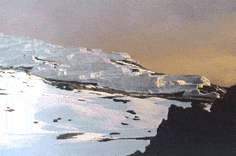
Monday 17th August 1981
Returned down to base camp for an enjoyable meal and shower and collected my certificate! At the bottom I met up with the others and we exchanged stories; then staying with the others we all headed off to Arusha.
Keith Davies
